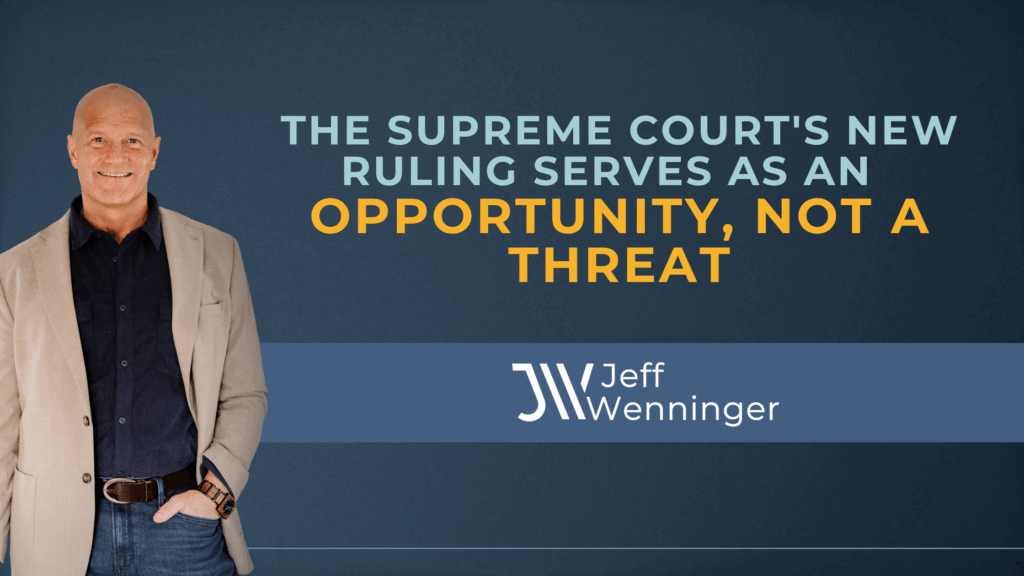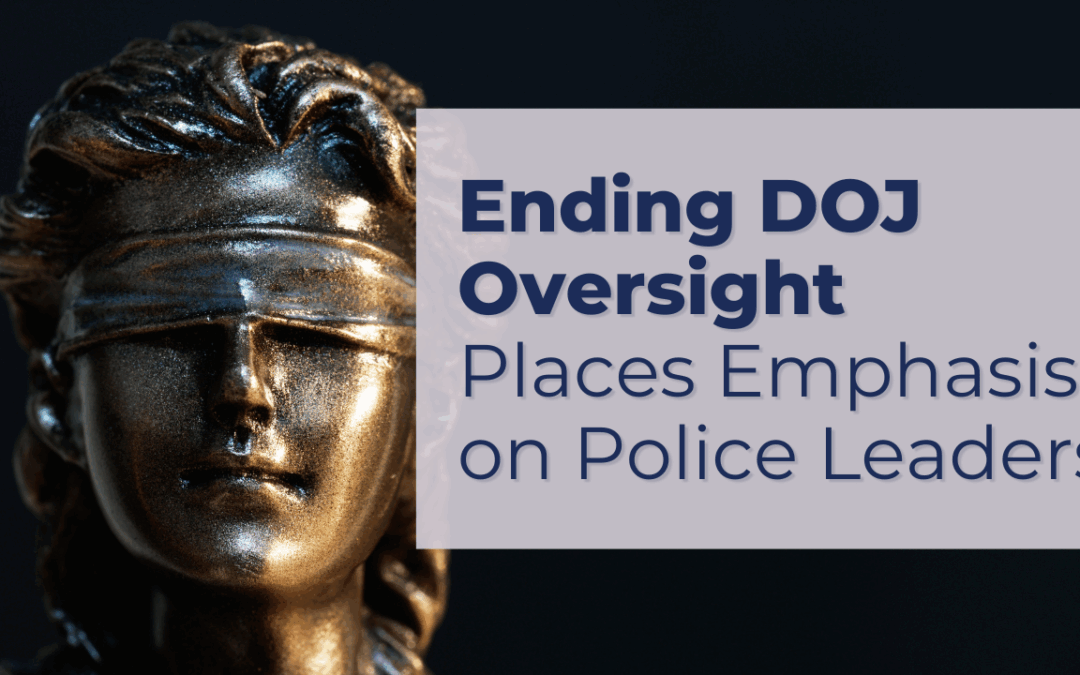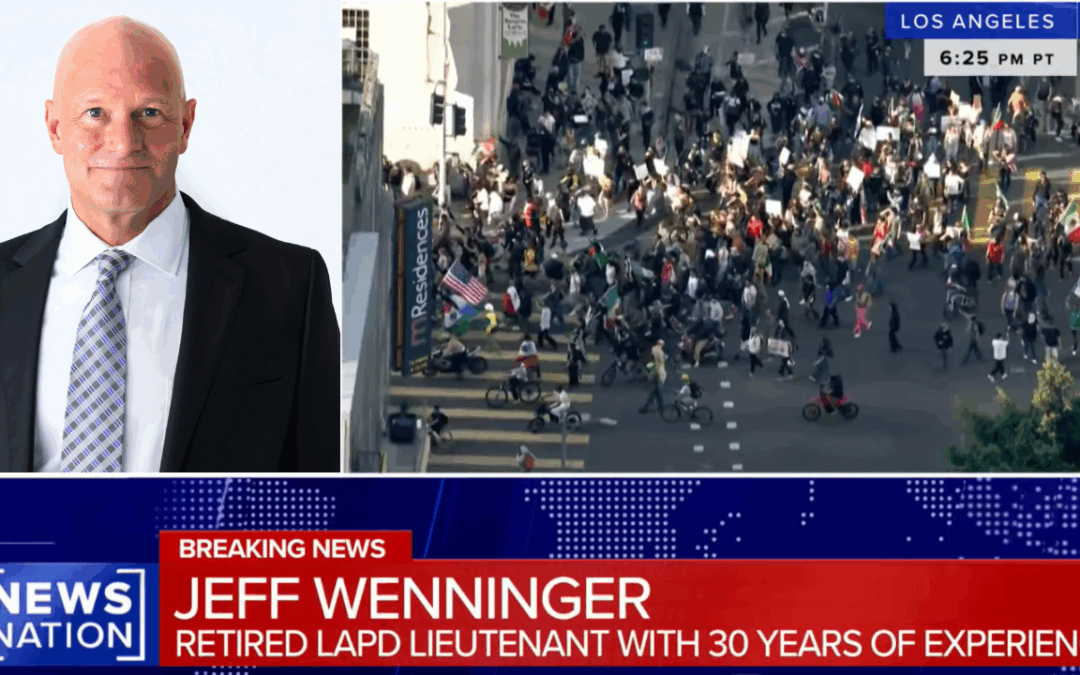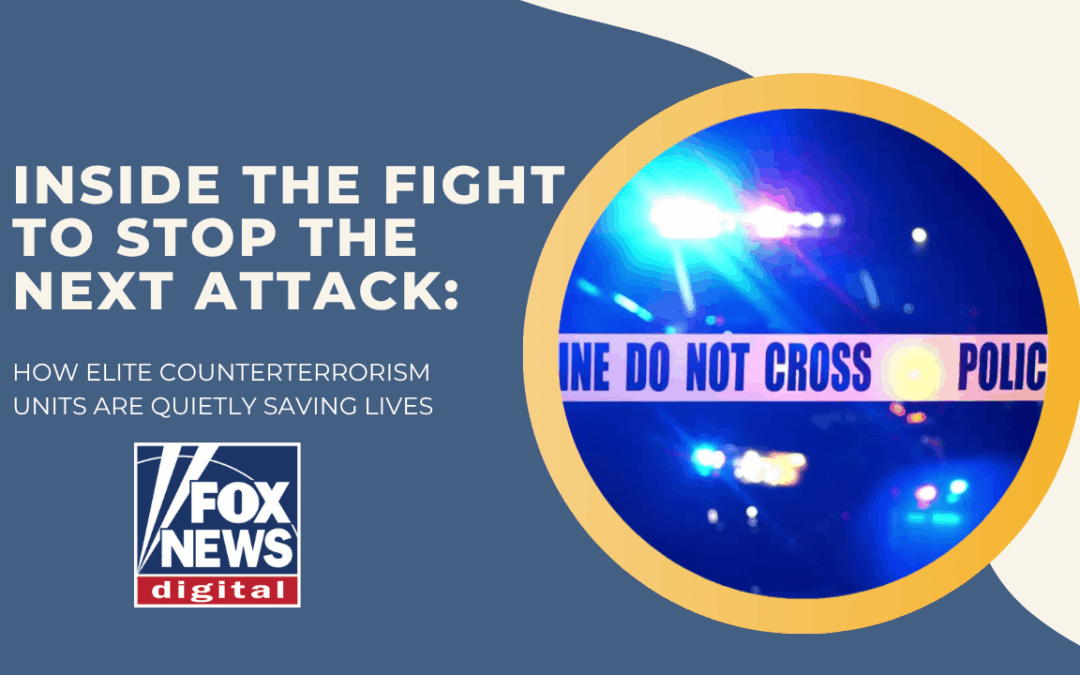How Leaders Can Use This Landmark Decision to Improve Policing, Officer Safety, and Rebuild Public Trust

In a unanimous decision, the Supreme Court significantly clarified the way courts are to evaluate police use of force incidents. By rejecting the restrictive “moment of threat” approach in favor of now examining the “totality of circumstances” leading up to each incident, the Court has given police leaders a critical opportunity to improve accountability, enhance officer safety, and build community trust.
For over thirty years, I served on the front lines of policing with the Los Angeles Police Department. During my tenure overseeing hundreds of officer-involved shooting investigations, I repeatedly saw how poor tactical decisions early in an incident often resulted in less than optimal outcomes. Historically, courts narrowly focused on the precise moment the decision to use force occurred. This posture overlooked any prior deficient tactical decisions that may have influenced the necessity to use force. This limited perspective undermined accountability and often left communities confused and skeptical of police actions.
This landmark ruling restores the original intent of Graham v. Connor (1989), which established the “objective reasonableness” standard. Rather than simply asking if the officer’s actions at the instant force were justified, courts will now evaluate the entire chain of events. They will ask whether another reasonable officer, with the same training and experience, would have acted similarly throughout the incident, not just at the final moment.
Here’s What Police Leaders Must Do Next

This broader standard places an urgent responsibility on police leaders. It is not sufficient merely to revise written policies or issue brief training updates. Departments must undertake comprehensive reviews of their tactical training, clearly defining acceptable behaviors and outlining specific accountability measures for deviations. Tactical accountability cannot be a vague ideal; it must be based on identified best practices, with consistent accountability, and deeply ingrained into your department’s culture. Deficient tactics should not be overlooked just because there was an optimal outcome.
Training, too, must evolve dramatically. My experience has repeatedly shown that brief lectures and online courses are inadequate when preparing officers for real-life situations. Instead, officers must receive consistent and realistic scenario-based training, reinforcing sound decision-making and highlighting how courts will scrutinize their tactical choices. Only by repeatedly experiencing these scenarios can officers truly understand the consequences of their decisions and act accordingly in the field.
Police leaders should proactively seek guidance and resources from organizations like the International Association of Chiefs of Police (IACP). Ultimately, accountability through clear tactical guidelines and ongoing, scenario-based training is the best protection officers have, safeguarding them and the communities they serve.
However, policy and training alone will not restore community trust. Transparency and clear communication are essential. Most community misunderstandings around police use of force incidents arise from unclear explanations about police policies, training standards, and accountability practices. Departments must proactively communicate their expectations to the community through regular forums, press conferences, and open dialogues. Helping communities understand how police evaluate tactical decisions can significantly reduce confusion and build mutual respect.
Leaders may worry that increased scrutiny will harm recruiting efforts, but my experience suggests the opposite. Clear standards and consistent accountability attract thoughtful, disciplined candidates who embrace the responsibility of policing. Transparency and accountability are qualities that serious and capable candidates seek out, not shy away from. If higher standards deter some candidates, those candidates are likely not suited for the responsibilities of modern law enforcement.
A Call for Collaboration

Smaller departments with limited resources may initially view the Supreme Court ruling as an overwhelming challenge. Yet this ruling also provides smaller agencies an opportunity to form valuable partnerships with larger, more progressive departments across the country. Sharing best practices, training resources, and successful policy models can help even the most resource-limited departments significantly elevate their standards and practices.
The Supreme Court decision is not punitive. Rather, it clarifies expectations, providing a roadmap for departments to proactively improve their policing standards. By clearly defining acceptable tactics, the ruling helps safeguard officers from making unnecessary mistakes, reducing risk and liability.
Now, police leaders stand at a pivotal crossroads. You can either wait to react after incidents occur and public criticism mounts, or you can proactively utilize this Supreme Court ruling as a valuable tool for immediate improvement. This decision is an invitation to reevaluate existing practices critically, enhance accountability, and build stronger community relationships.
As law enforcement leaders, the responsibility for this evolution lies with you. Your actions now will shape not only public perceptions of policing but also the very safety and effectiveness of your officers. Embrace this ruling as a chance to lead the way, setting higher standards that enhance professionalism, accountability, and trust.
The time for proactive, courageous leadership is now. Take this opportunity to make meaningful changes in your departments. Commit to comprehensive policy reviews, robust tactical training, and transparent community engagement. These actions will not only fulfill the Supreme Court’s directive but will also ensure improved safety and greater public trust in American policing for years to come.
In my forthcoming book, On Thin Ice, I highlight the necessity of openly confronting uncomfortable truths, acknowledging past failures, and committing courageously to meaningful transformation. This Supreme Court decision provides the ideal framework for such a transformation.
Together, let’s seize this moment to reimagine American policing.



